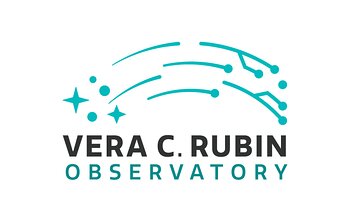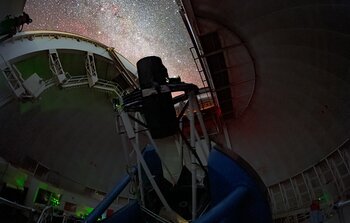In the early-morning hours of today, 14 October 2022, astronomers using the Gemini South telescope in Chile operated by NSF’s NOIRLab observed the unprecedented aftermath of one of the most powerful explosions ever recorded, Gamma-Ray Burst GRB221009A. This record-shattering event, which was first detected on 9 October 2022 by orbiting X-ray and gamma-ray telescopes, occurred 2.4 billion light-years from Earth and was likely triggered by a supernova explosion giving birth to a black hole.
The release, images and videos are available on:
https://noirlab.edu/public/news/noirlab2224/
Kind regards,
NOIRLab Communications, Education & Engagement
14 Oct. 2022

|
12 Oct. 2022
Project & Science News
Representatives from the National Science Foundation (NSF) and the US Department of Energy (DOE) visited the Rubin construction site on Cerro Pachón ...
|
| Read more |

|
11 Oct. 2022
The International Astronomical Union’s (IAU) Centre for the Protection of the Dark and Quiet Sky from Satellite Constellation Interference (CPS), which is co-hosted by NSF’s NOIRLab and SKA Observatory, is ...
|
| Read more |

|
7 Oct. 2022
Though much work still needs to be done, many of the telescopes and key scientific instruments located at Kitt Peak National Observatory (KPNO), a Program of NSF’s NOIRLab, that were ...
|
| Read more |

|
5 Oct. 2022
NSF’s NOIRLab is pleased to announce that Stuartt Corder will become the new Deputy Director of NOIRLab and AURA Mission Scientist in Chile, effective 7 November.
Corder has more than ...
|
| Read more |
|
|
|
|